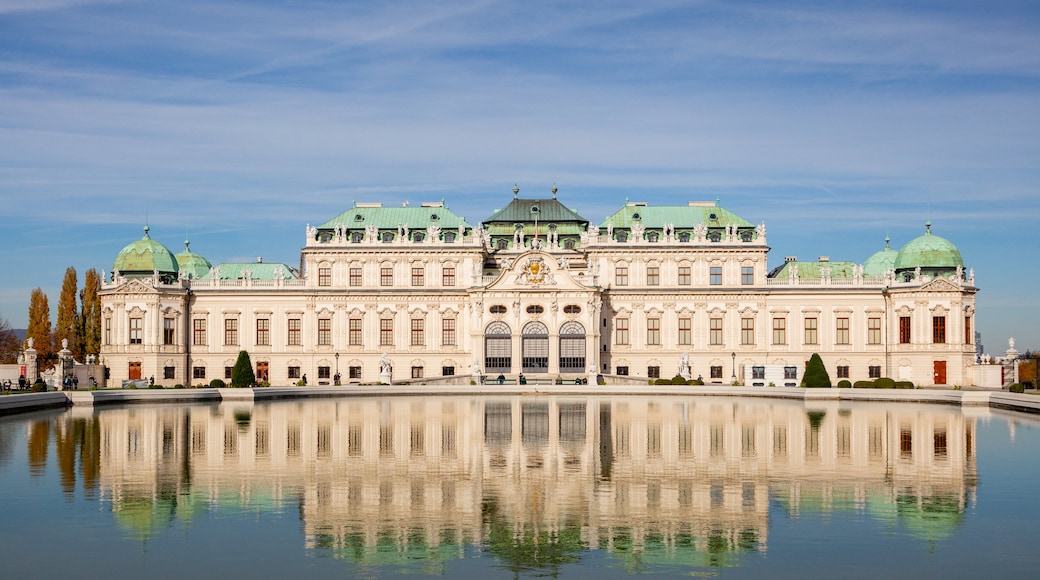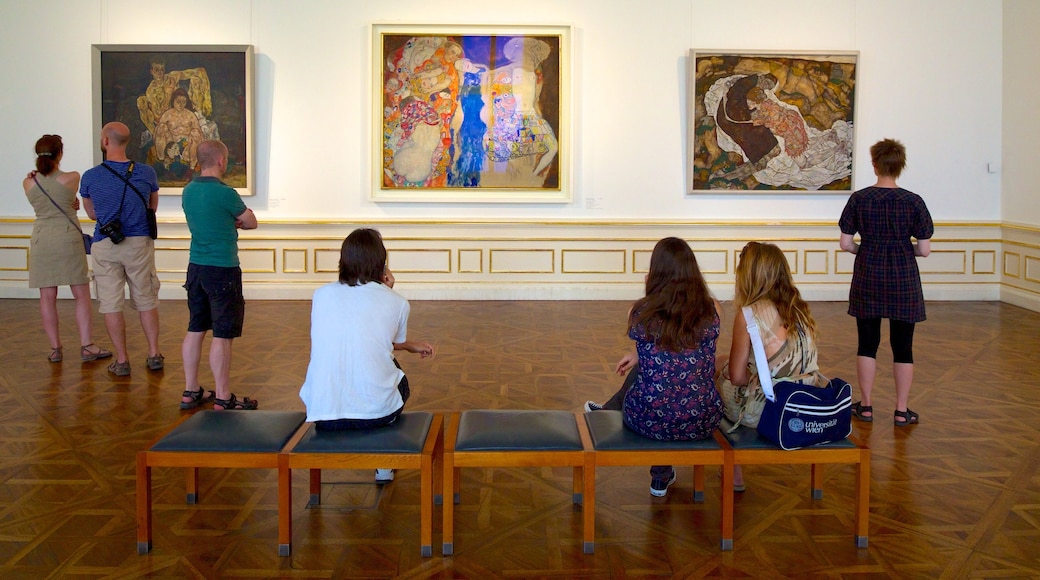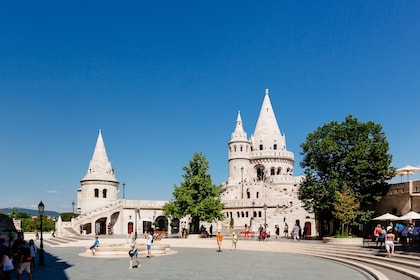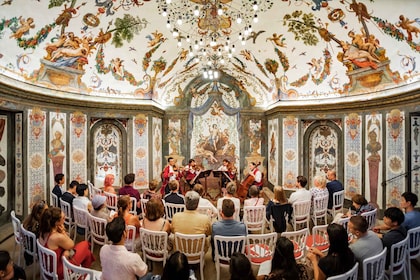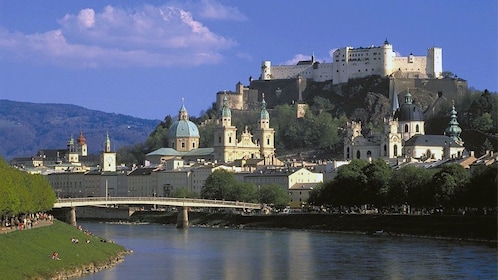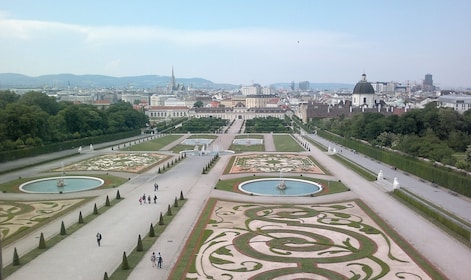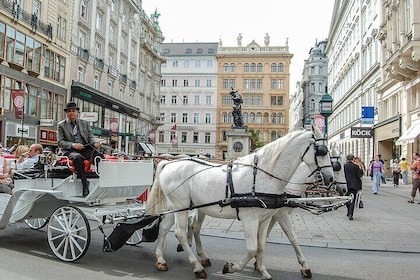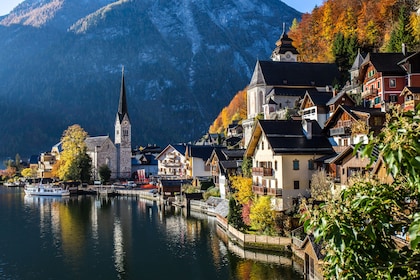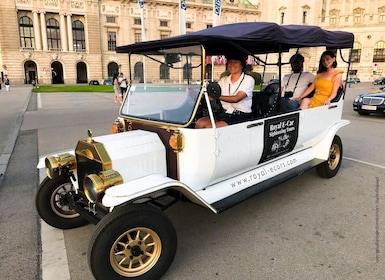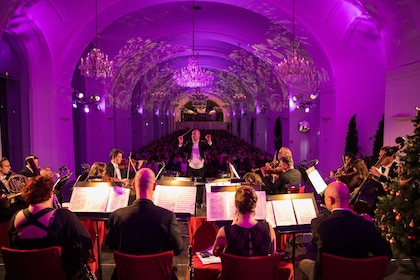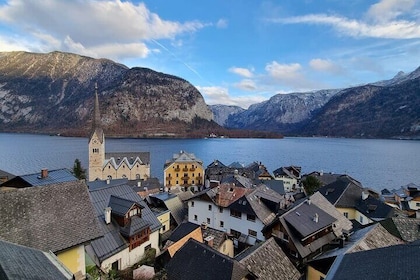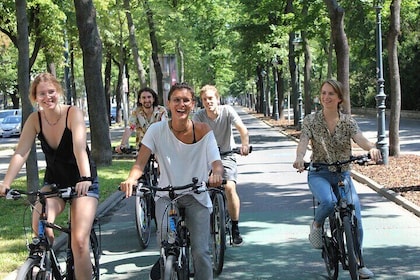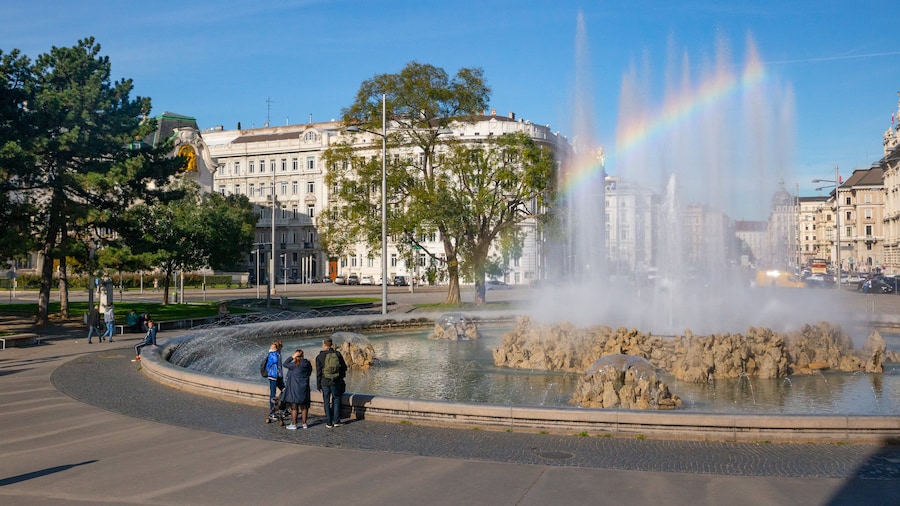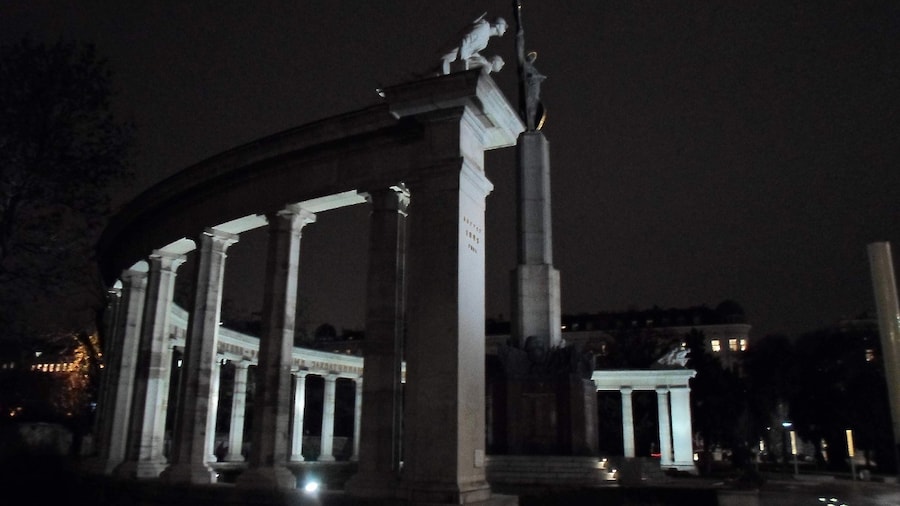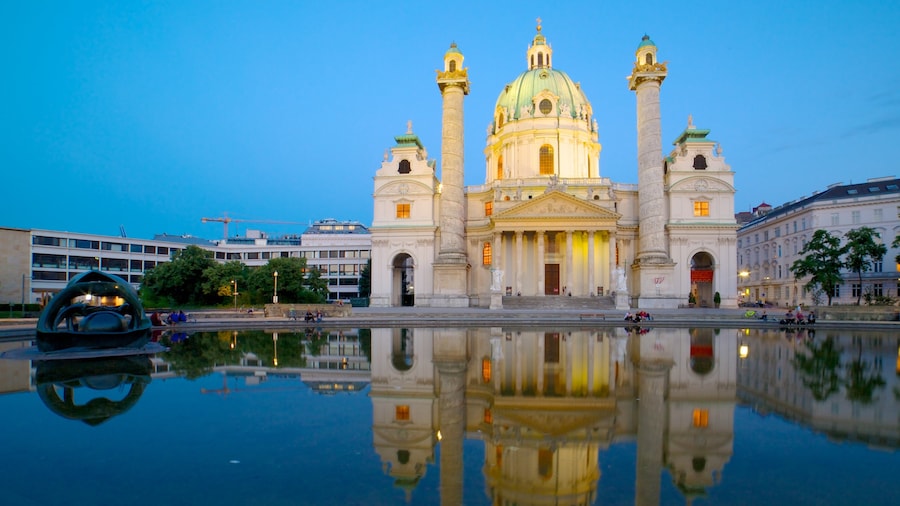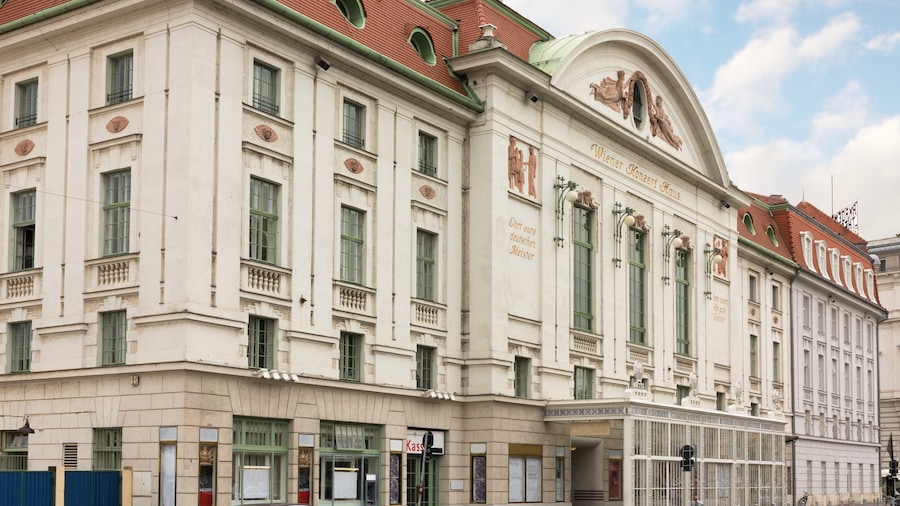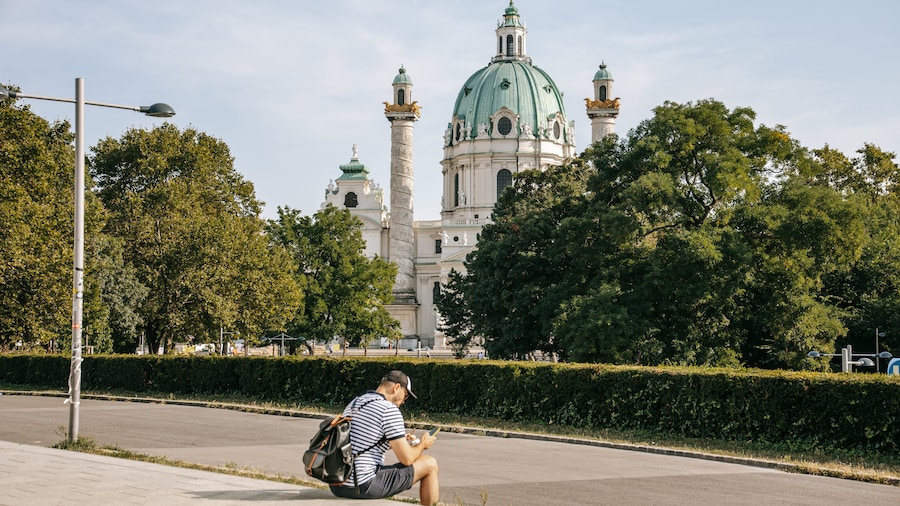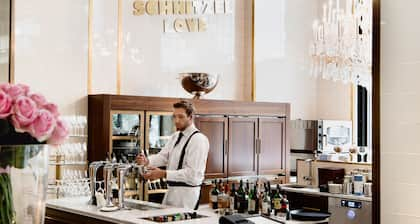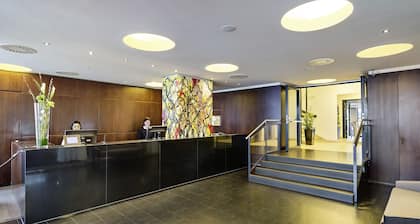Make your way up the gentle slope through the manicured gardens of the Belvedere historic complex to be rewarded with some of the best views across Vienna. Within the walls of its two impressive Baroque palaces you can see opulent rooms and famous works by Gustav Klimt and other European masters.
The Belvedere was commissioned by prince Eugene of Savoy, the Austrian military commander who was born in France over 350 years ago. Built in the early 18th century, the two palaces are some of Vienna’s finest Baroque structures. A world-class art museum is the Upper Belvedere’s main attraction, while opulent imperial rooms and Baroque exhibits attract crowds to the Lower Belvedere.
Start at the Upper Belvedere. Visit the former imperial painting gallery and take in the exceptional views of the gardens and city. Inside, browse the world’s largest collection of works by Gustav Klimt and see his thought-provoking painting The Kiss against a black wall. You’ll also find works by several Impressionist masters such as Monet, Renoir and Van Gogh, as well as the Hall of Medieval Austrian Art.
The Lower Belvedere houses the Museum of Austrian Baroque and showcases the luxury in which prince Eugene lived. See how the elaborate ceiling painting in the Marble Hall depicts Eugene as the Greek god, Apollo. Head to the ornate Golden Room to see more decadence. The prince was the son of Italian noblemen and he was well-traveled, so his taste in art and furniture was exotic.
The former Orangery near the Lower Belvedere is now a contemporary art museum and is surrounded by French-style gardens, symmetrically divided by paths, cascades and hedges. Observe numerous statues and fountains as you walk along the paths.
The Belvedere is southeast of the city center and is served by public transportation. The complex is open daily. Each building has its own admission fee, but the gardens are free. The palace stables are open for only a few morning hours and close at midday. The Upper Belvedere has a café. Guided tours in English are available for groups by prearrangement.
